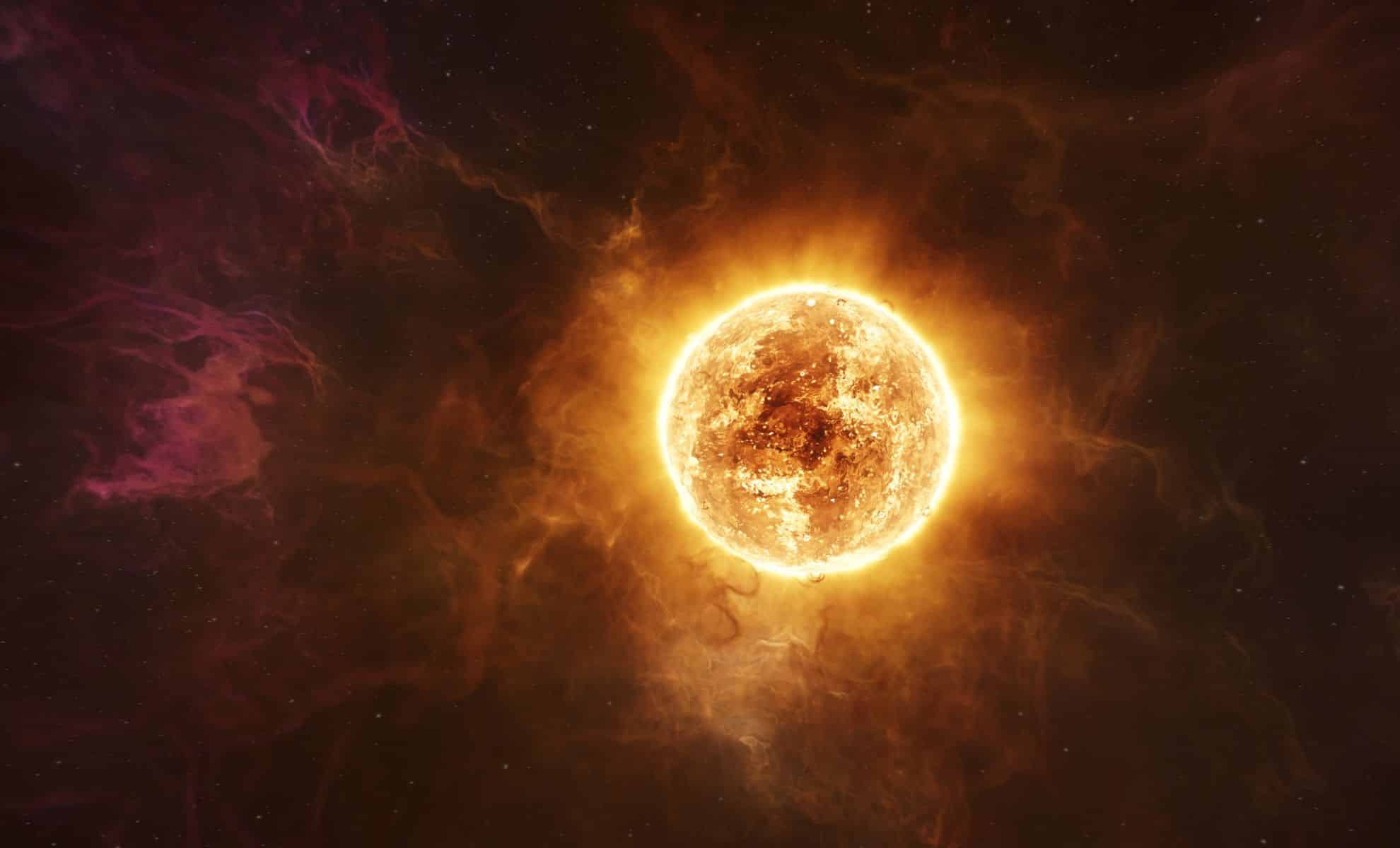CAMBRIDGE, Mass. – New research reveals that stellar flares, explosive bursts of energy from stars, can dramatically alter planetary atmospheres within days, including Earth’s.
The Power of Stellar Flares
Stellar flares are violent explosions resulting from the sudden release of magnetic energy in a star’s atmosphere. These outbursts emit high-energy radiation, such as ultraviolet light, X-rays, and radio waves, across vast distances. The effects are particularly significant on young, magnetically active stars, like red dwarfs, which experience more intense and frequent flares compared to our Sun.
Red dwarfs, smaller and cooler than the Sun, have chaotic magnetic fields that frequently trigger energetic bursts. These flares can strip atmospheres from nearby exoplanets or flood their surfaces with harmful radiation.
Solar Flares and Their Impact on Exoplanets
The study focused on simulating conditions on TRAPPIST-1e, a tidally locked exoplanet orbiting a red dwarf star. One side of the planet perpetually faces the star, while the other remains in darkness. Researchers used a three-dimensional general circulation model to simulate the effects of stellar flares on the planet’s atmosphere, observing minute-by-minute changes in temperature, chemistry, and wind.
After a flare, the upper atmospheric nitrogen oxides radiated heat away, cooling the thermosphere by 180 °F, while water vapor and nitrous oxide trapped infrared light, warming the mesosphere by 50 °F. Night-side winds reached speeds above 90 mph.
A Ripple Effect Across Planets
The chain reaction of a stellar flare begins high above a planet’s surface. Incoming protons collide with molecular nitrogen, creating odd-nitrogen species that deplete ozone. As ozone decreases, more ultraviolet light penetrates deeper atmospheric layers, altering heating rates and pressure patterns. In extreme scenarios, up to 80 percent of stratospheric ozone could be stripped away in eight simulated years, exposing planets to harmful radiation.
For Earth, solar flares are less dramatic due to our protective magnetic field and thick ozone layer. However, events like the Halloween solar proton event of 2003, where nitric oxide warmed the polar mesosphere by 18 °F, remind us of our climate’s sensitivity to stellar activity.
Habitability under Threat
The study suggests that the intensity and frequency of stellar flares directly impact exoplanet habitability. Even in the “habitable zone,” frequent flares could push a planet into a “moist greenhouse” state, accelerating hydrogen loss and potentially drying out the planet, ending its prospects for supporting life.
In a moist greenhouse state, stratospheric water vapor levels exceed 0.1 percent by volume, significantly accelerating atmospheric hydrogen loss.
Interestingly, stellar flares might not always doom exoplanets. High-energy particles from flares could help fix atmospheric nitrogen into nitrates, possibly aiding prebiotic chemistry on young planets, playing a crucial role in life’s emergence.
What Comes Next
The implications of this research are profound, highlighting the delicate balance required for planetary habitability. As astronomers continue to study stellar flares, understanding their impact on atmospheres will be crucial for assessing the potential for life on exoplanets.
Future missions and telescopes will aim to observe these phenomena directly, providing further insights into the complex interactions between stars and their planets. The findings underscore the importance of considering stellar activity when evaluating exoplanetary environments.
